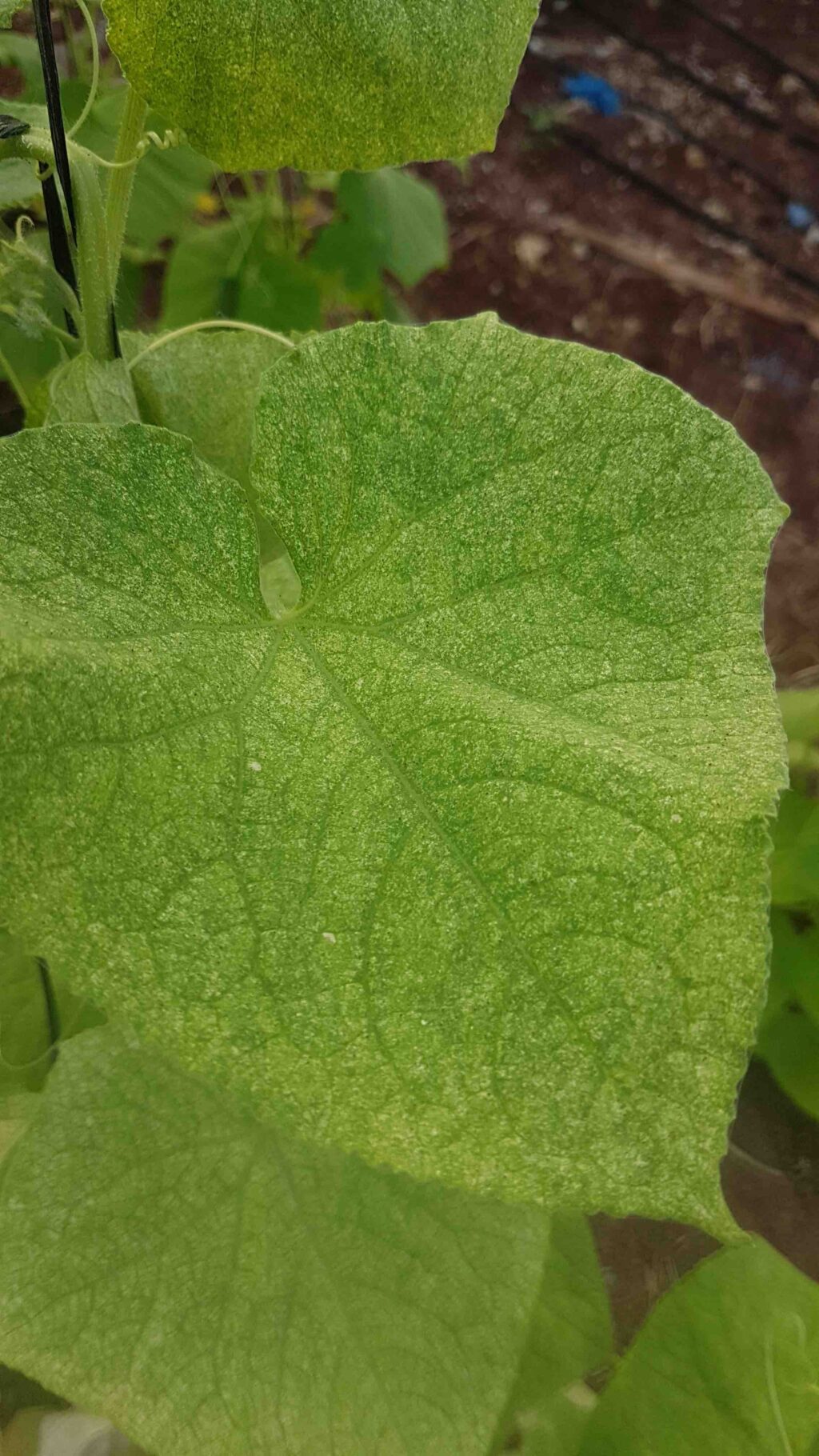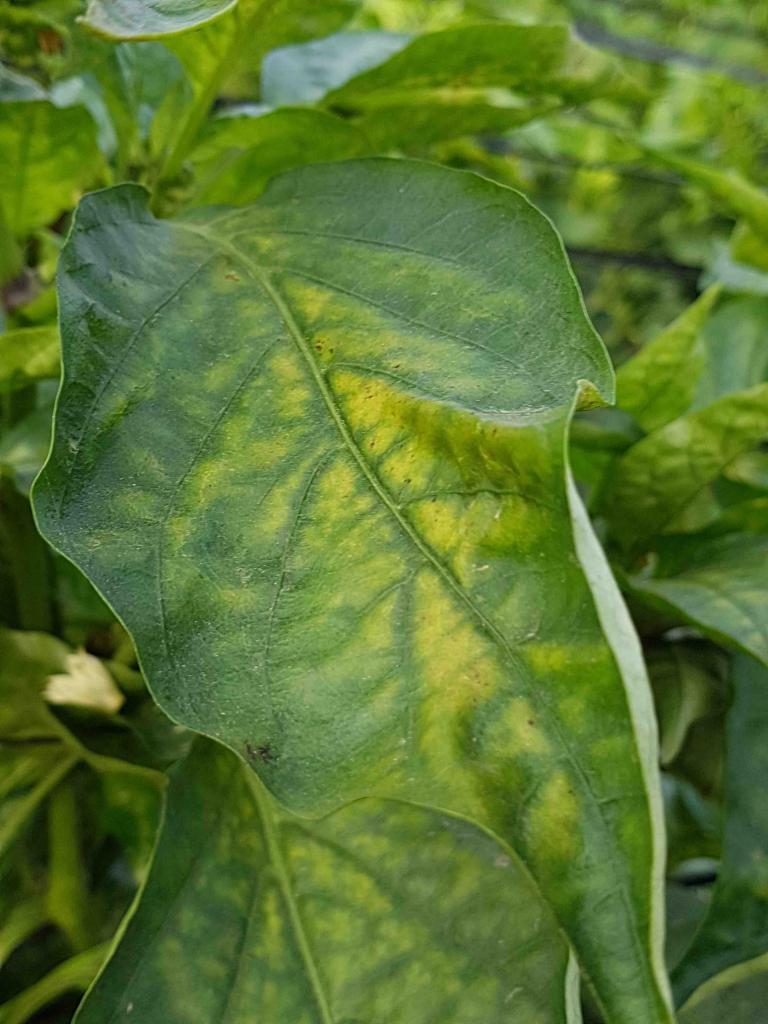Red Mites Alert
Infestation begins on the underside of leaves, leaving tiny yellowish dots that are nourishing marks. In levels of high infestation, the tiny nourishing marks will collide forming large, interveinal yellow areas, symmetrical in nature, and found around the main vein. This eventually results in yellowing of the entire leaf. With time, high levels of mite populations form a dense web, usually on top of newly emerged foliage. Leaves end up wilting and dropping off.
Red spider mites are small insects, closely related to spiders, and are persistent in warm, arid, and dry weather regions. Adults feed on plant tissues
Monitoring: Early detection is of the essence. In the field, red mite presence can go unnoticed until the infestation reaches a critical point were damage to plants is already severe. Large populations of mites are hard to control that is why early detection is important for successful red mites management.
Promote the presence of beneficial insects: Avoid using products that are potentially lethal to your field’s biodiversity, which will harm the natural existing balance (and it’s close surroundings).
Oftentimes, the key to controlling red mites is through the application of chemicals. A high spray volume of at least 100 liters of water per dunam(0.25 acre) is essential.
Don’t use products with the same active ingredients in consecutive treatments. Use fungicides belonging to different groups to prevent mites from developing resistance to a specific chemical.
The following is a list of generic names for insecticides known to help manage red spider mites and is sorted into groups according to their mode of action: Group 1: Befinizate; Group 2: Acequinocyl; Group 3: Abamectin and Milbemectin; Group 4: Pyrimidifen and Fenazaquin; Group 5: Cyflumetofen; Group 6: Clofentezine and hexythiazox; Group 7: Propargite and diafenthiuron; Group 8: Etoxazole; Group 9: Fenpyroximate and pyridaben; Group 10: Spiromesifen
As a rule of thumb, in the case of groups 1, 2, and 3, adding mineral or neem oil to the spraying mixture is considered safe and can significantly improve results.
Neem oil
Phytoseiulus persimilis is a well-known commercially available predatory beneficial mite.
*Names marked in red are considered to be highly poisonous to beneficial insects.
*Names marked in green are considered to be organic and IPM (integrated pest management) compatible.
Image Gallery


